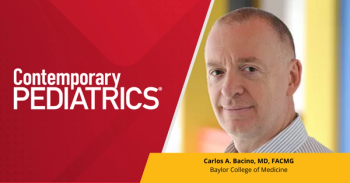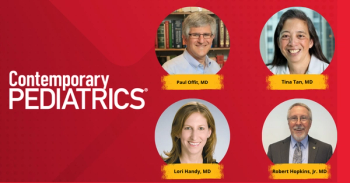
ACP: Primary Care Shortage Faced As Population Ages
The United States faces a looming shortage of primary care physicians to meet the health care needs of the aging population, according to a panel discussion May 16 at the American College of Physicians' Annual Scientific Meeting in Washington, D.C.
FRIDAY, May 16 (HealthDay News) -- The United States faces a looming shortage of primary care physicians to meet the health care needs of the aging population, according to a panel discussion May 16 at the American College of Physicians' Annual Scientific Meeting in Washington, D.C.
Entitled "The Impending Collapse of Primary Care," the session featured practicing internists and leaders from the business and patient advocacy communities who provided their perspectives on the state of primary care today and discussed challenges and potential solutions to improve health care.
According to the panel, the U.S. supply of primary care physicians, particularly in general internal medicine, is insufficient to meet the country's growing health care needs. Because internists receive lower reimbursement than other specialists, many are struggling financially to keep their practices open in today's climate of escalating health care costs and rising regulatory expenses. In addition, fewer medical students are choosing primary care fields like internal medicine, further exacerbating the shortage.
Potential solutions offered included innovative models of primary care, such as the patient-centered medical home. "Primary care is the backbone of the health care system. More than ever, Americans need access to qualified primary care physicians to manage multiple chronic conditions as baby boomers gray and disease rates for obesity, diabetes and hypertension increase," according to a statement issued by the ACP.
Copyright © 2008
Newsletter
Access practical, evidence-based guidance to support better care for our youngest patients. Join our email list for the latest clinical updates.








